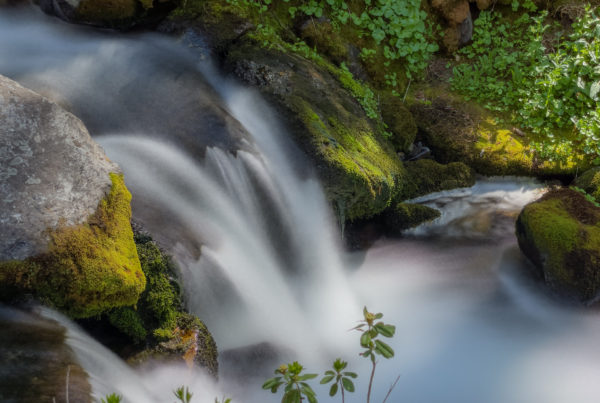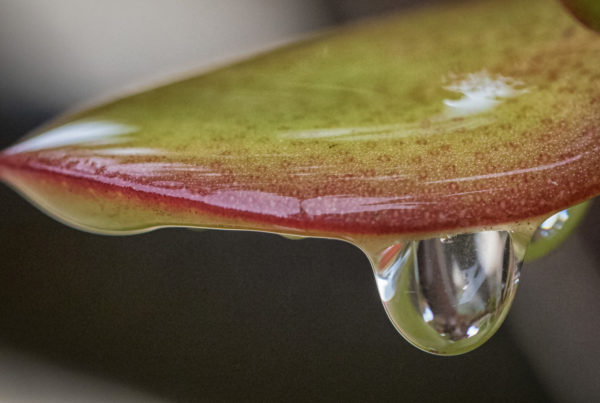Composition: Probably the most important element in a photograph is the composition. Composition shows how you position your subject relative to the other elements in the image. It takes into account many aspects such as light, different viewpoints, depth of field and many more.
Subject: Another key element in a photograph is the subject. The subject is the part of the image where the viewers eye will naturally be drawn to first and should be the most compelling area in the picture. In finding a subject, awareness is the key. Your ability to watch, to be aware of what’s going on around you, to pay attention and observe, and what you want to communicate are the keys to creating good photographs.
Light: In photography, light is everything. The light is so important, it can make or break a photograph. Depending on the kind of light you have in a scene, it can create different looking photos at the same location. Here are a few types of light that work with photography:
- The Golden Hour: The time about an hour before sunrise or after sunset when the skies become full of rich color and cast a beautiful glow. This light is what professional photographers seek most. Twilight, dusk is often considered a “magic” time by photographers due to the beautiful light and soft colors.
- Front Light: Front light means the sun is at your back while taking the picture. A bright sunny day is actually not optimal for photography because it can cause strong shadows and hard light and your photo can have a lack of depth and texture. A good scenario to shoot with front light would be during sunset when the light reflects off your subject.
- Soft or Diffused Light: This is actually the best light to shoot outdoors. A cloudy or overcast day is actually great for photography because you get soft light with no shadows. Light is evenly distributed so there are no overly bright areas or dark shadows. Great for portraits and close-up photography.
- Backlight: When the sun is behind your subject. This can create strong contrasts between highlights and shadows. You can add drama and mystery to an image is by photographing your subject as a silhouette. Or backlight on a flower or plant can make it have an inner glow.
The Rule of Thirds: Instead of placing your subject in the center of the photo, imagine your frame is divided into thirds (most cameras have grids you can enable). Place your subject near the rectangles intersect just off to the sides, top and bottom of the frame. Not too near the middle and not too far off center.
Symmetry: Despite everything we have been taught in photography about the rule of thirds and keeping things off balance and out of the middle, symmetry can also make a compelling photo. In order to emphasize symmetry, you should always stand exactly at the center of whatever structure you are capturing, for instance when photographing architecture or reflections.
Perspectives: To make more compelling shots, try and shoot from different angles instead of taking it from your standing height. For instance, get closer to the ground so the foreground has a strong perspective. Or get to eye level with a child or animal. Vary your angles by crouching down, laying on the ground, standing on a ladder or anywhere higher than your subject. Lower points of view make the subject larger than life, more dominant. A higher camera angle flattens space and becomes more of a design or pattern.
Background: Be mindful of the background and be aware of distractions behind your main subject. Try to avoid distracting elements behind or in front of the subject. Keep your backgrounds simple and avoid having trees or telephone poles “growing” out of someone’s head. For landscape or long shots, try to include something interesting in the foreground. Take several pictures of the same thing and experiment with different backgrounds. Sometimes moving the camera a little up or down, or side to side, will give a better composition.
Framing: One way to add dimension to your photo is to frame the subject around the boundaries of the image. For instance, a picture of a lake might be framed with a tree coming from the top or side of the photo. Use the entire frame, use the edges as part of the composition and make certain that everything in the frame contributes to your picture. Border control: watch corners of the frame where objects can distract viewers.
Get in Closer: To make more compelling pictures, fill your frame with your main subject by getting in closer physically. You can have more impact and show interesting details when you shoot tighter. If it’s not possible to get in close, telephoto or zoom lenses can offer a tighter arrangement and compress the background.
Practice! Just as a musician must always practice their instrument, photographers must keep shooting and experimenting to gain more confidence and create more compelling images. Remember: never limit your possibilities—in your life and your photography




